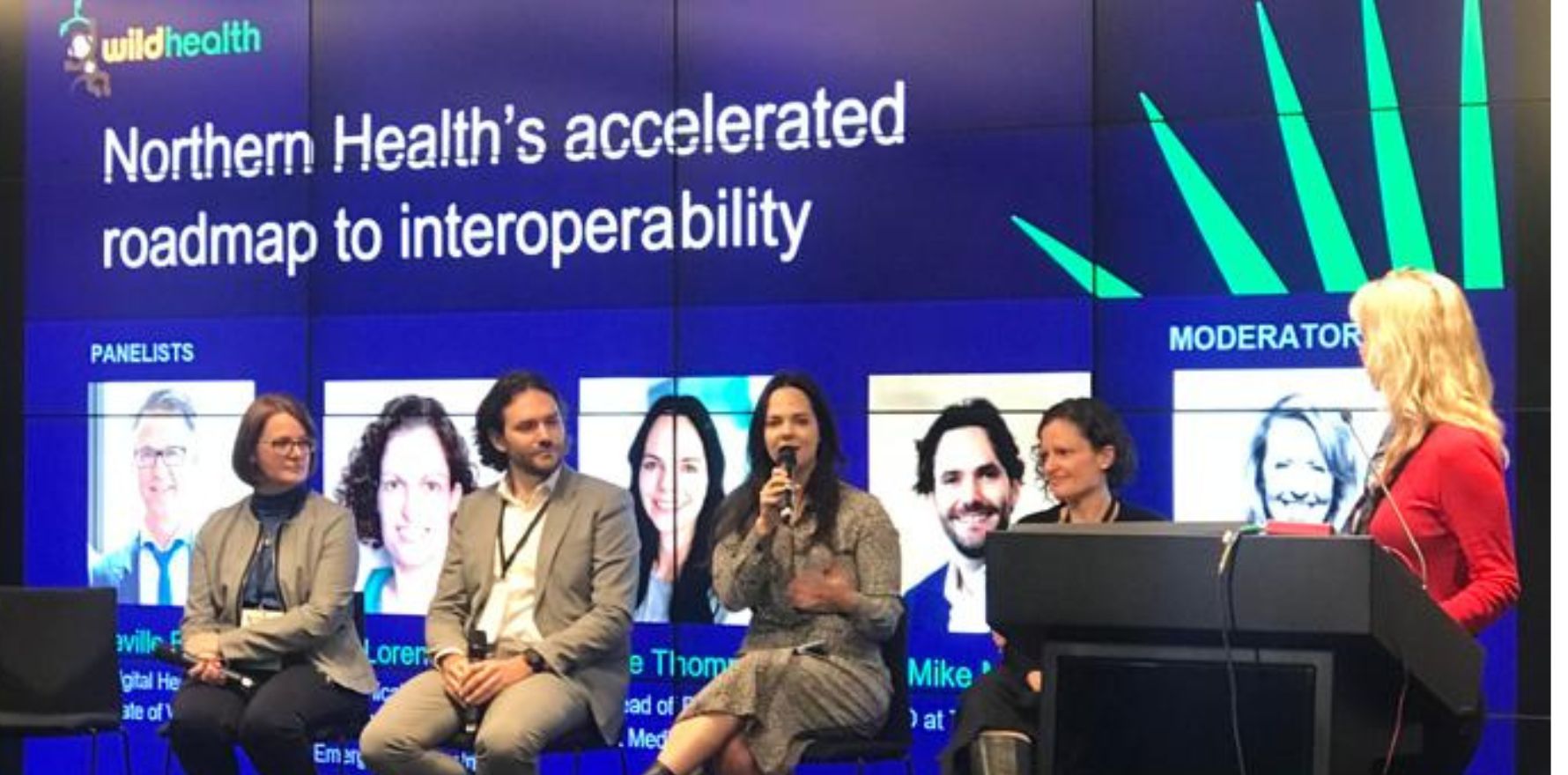
Northern Health in Victoria is the first hospital in Australia to have both electronic prescribing and a virtual emergency department. Both projects were implemented in just 10 weeks, during the high tide of covid.
The speedy roll-out of a digital front door for an emergency department looked nothing like a typical public health project.
At the Wild Health Summit in Melbourne last month, project team members revealed the key elements of success and posed the $64 million question – why can’t that spirit of innovation endure post-pandemic?
According to Dr Loren Sher, clinical director of the virtual ED at Northern Health, the covid imperative loosened bureaucratic restrictions that often stymy innovation. Dr Sher said that a virtual ED would not have happened pre-covid, but the pandemic meant that “suddenly the walk down to the executive suite felt much shorter”.
Not having to pitch to multiple hierarchies encouraged another critical success factor: the team’s growth mindset that allowed it to fail fast and keep pushing boundaries and timeframes of the project. Being able to learn and innovate quickly became modus operandi for the multidisciplinary team.
However, Dr Sher said there was now a big risk of falling back to the old ways of doing things.
“We need to embrace all those learnings from covid and recognise that actually, in some ways, we need to stop functioning like public health care.
“We need to actually look at industry and ask, ‘why is it that they operate so slickly and quickly, and why is it that their consumer focus is so strong all the time? How do they deliver projects to time without problems that we experienced in public health care?’” Dr Sher said.
During the pandemic, patients could not use the physical doors and face-to-face administration to access care in hospital. There was an urgent need to replicate the pathway digitally without creating barriers for culturally diverse patients in the region, where 22 languages were spoken.
The Clinician was urgently called in, over a holiday break, to build this digital front door. Mike Merry, CTO of The Clinician, said that translation of virtual forms into 22 languages in a single release was a new challenge, and one that that pushed the boundaries of continuous improvement.
Mr Merry said he was surprised at the great variation of regional differences in the languages, and that it was critical for customer uptake that languages were properly localised.
“This is really a question of translations versus localisations, and ensuring that we provide the best engagement with the target populations. Fortunately, as we use a content management system for our questionnaires, these improvements were able to be rolled out easily,” he said.
Jayne Thompson, head of product at MediRecords, was also an integral member of the project team. She said the MediRecords electronic module was fit for purpose across primary and tertiary care, and that the main change for the platform was to comply with the security and identity management solutions at Northern Health.
The project also expedited work to complete an active directory integration, as part of go-live for a single sign-on between hospital systems. The other big achievement, according to Ms Thompson, was a significant ramp-up in scale of users and patients.
“We’re currently testing about 2 million patient records in our test environment, in preparation for our next phase of implementation,” Ms Thompson said.
Interoperability within the closed loop of Northern Health is a big step forward in digital care, yet data sharing between primary care and hospitals remains a challenge.
Ms Thompson said they had been able to achieve a single source of truth at large-scale enterprises, such as Queensland Health and Australian Defence, and soon to be Northern Health, via an integration to their patient administration system.
“We have a product called MediRecords Connect which comprises our FHIR and Representational State Transfer APIs. So, achieving that integration has been a relatively smooth exercise. But the challenge in the broader community is the link between both primary and tertiary care.
“Ultimately, this should be solved and tackled as part of, for example, the Victorian Health Information Exchange or the NSW digital patient record initiative. So, we’re excited to see that become a priority,” Ms Thompson said.
Wild Health Melbourne 2022 post event content is available for purchase here – $195 (inc gst).

